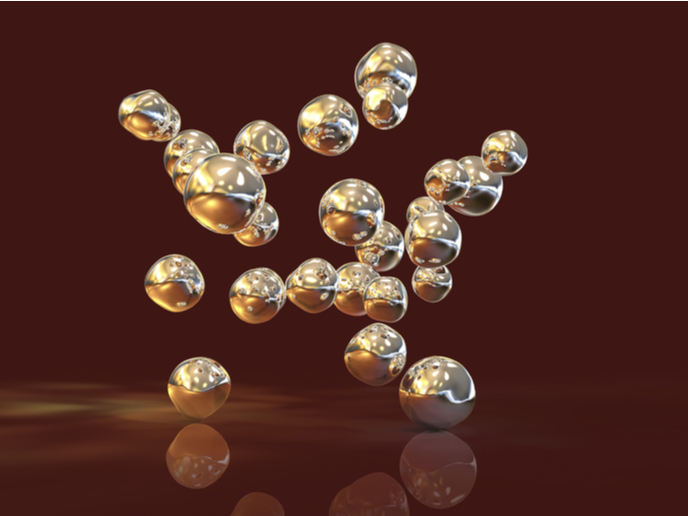Modelling nano-scale brushes
The tethered brush is a novel nano-scale material rapidly gaining interest. Looking much like a brush, its bristles are polymer molecules tethered to surfaces. Self-assembled organic molecules or nanoparticles on substrates are another interesting system of molecules attached to surfaces. Self-assembly has become an important route to synthesis of novel multifunctional materials for a plethora of fields. With the support of EU funding, the project 'Statistical thermodynamics and computer simulations of complex molecules in bulk and at surfaces' (STCSCMBS)(opens in new window) made a major contribution to the field. Work led to publication of 20 scientific papers with 7 more submitted at this time. Results have also been presented at over 30 scientific conferences and workshops. Among the many problems addressed was the effects of tethered brushes on the structure and properties of confined single- and multi-component fluids. These systems of grafted chains are widely used in surface modification to impart biocompatibility, environmental response and non-fouling properties. Scientists also studied systems of colloidal particles in a liquid crystalline environment. This class of soft matter, now called liquid crystal colloids, has become practically ubiquitous. It plays a role in structural materials, engineering devices and household products as well as in many industrial applications. Finally, the team tackled the interesting phenomena associated with Janus particles that, like their namesake, have two faces. In this case, the spherical nanoparticles have one hydrophobic hemisphere and one hydrophilic. Thanks to this property, Janus particles can self-assemble into a variety of structures from molecular-size micelles to mesoscopic membranes, foams and flake-like phases. Work led to new versions of perhaps the most important quantum mechanical modelling method used for the past 30 years, the density functional theory. Scientists also developed new methods for the dissipative particle dynamics stochastic simulation method commonly used to simulate systems of particles. These were successfully applied to studies of fluid/tethered and colloid/liquid crystal systems. Development of novel materials for new devices must be knowledge-based in order to tailor properties according to desired functions. The STCSCMBS project has delivered groundbreaking new models to deal with some of the most important advanced materials in recent years.







